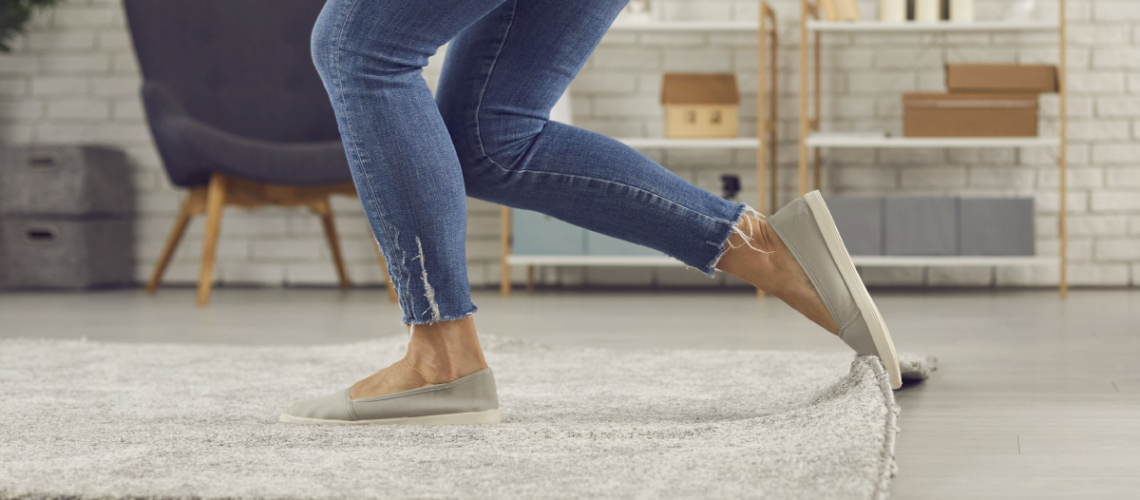According to the CDC, 3 million older people are treated for falls each year, and one out of five falls causes a serious injury, like a broken bone or head injury. Many of those injuries could have been avoided by using fall prevention measures.
This topic of footwear probably isn’t talked about as much as others, but it plays a vital role in fall prevention. The shoes you wear (or don’t wear) can be an accident waiting to happen.
Here are some tips on choosing shoes that can help decrease your fall risk.
Sole
When choosing shoes, look for a pair that has a sole that is thin and firm. You’ll also want to make sure the sole is made from a slip-resistant material. Many shoe manufacturers actually label their shoes as non-slip to help you more easily identify the ones you should be considering.
Make sure the sole isn’t smooth, because smooth soles tend to slip. But can too much grip be a bad thing? Yes!!! As you age, you may tend to not lift your feet as high, and a sole that has too much grip can catch the floor and cause you to stumble and fall.
Heel
Look for shoes that have a sturdy and supportive heel collar. You want shoes that won’t let your heel slip when you’re walking. For the same reason, open heeled shoes and sandals are not your friend. The less your foot moves within the shoe, the more stable you’ll be.
Speaking of the heel, make sure you find shoes that have heels no more than one inch high. Stability is the name of the game.
Closures
Slip-on shoes might be attractive because they are easy to get on and off, but the trade-off is stability. Slip-ons typically don’t hold your foot snugly, and when your foot moves inside the shoe, you are overall less stable on your feet.
Instead, opt for shoes that have laces. They’ll allow you to get the fit that’s perfect to hold your foot snug. If laces are hard to manage due to arthritis, adjustable velcro is a good substitute.
Replace worn footwear
Like many seniors, you might be on a tight budget. With tight budgets comes the temptation to keep things past their ideal lifespan. If that’s you, make shoes the exception. Saving money on shoes is not worth falling. Not only can a fall cost you your health, it will also cost you more money than shoes if medical bills start piling up.
Check your shoes often for wear on the tread, and replace them if they get too worn.
Bonus tip: Trade in house slippers for house shoes
If you’re a “shoes off at the door” household, you might be tempted to wear slippers to keep your feet warm. But ask yourself – “Do my slippers follow all the rules for good footwear?” It’s doubtful.
Slippers often are open-backed and unsupportive. Instead, opt for a pair of quality shoes to wear inside.
Wearing socks around the house isn’t recommended, but if you insist on doing it, at least make sure they have grips on the bottoms.
Conclusion
The shoes you wear are a vital part of reducing your fall risk. For more fall prevention tips, keep your eyes on our blog. More articles are on the way!


One Response
Good info! I wear slippers at home and took a tumble last week! No injuries but I think I’ll look for shoes for inside.